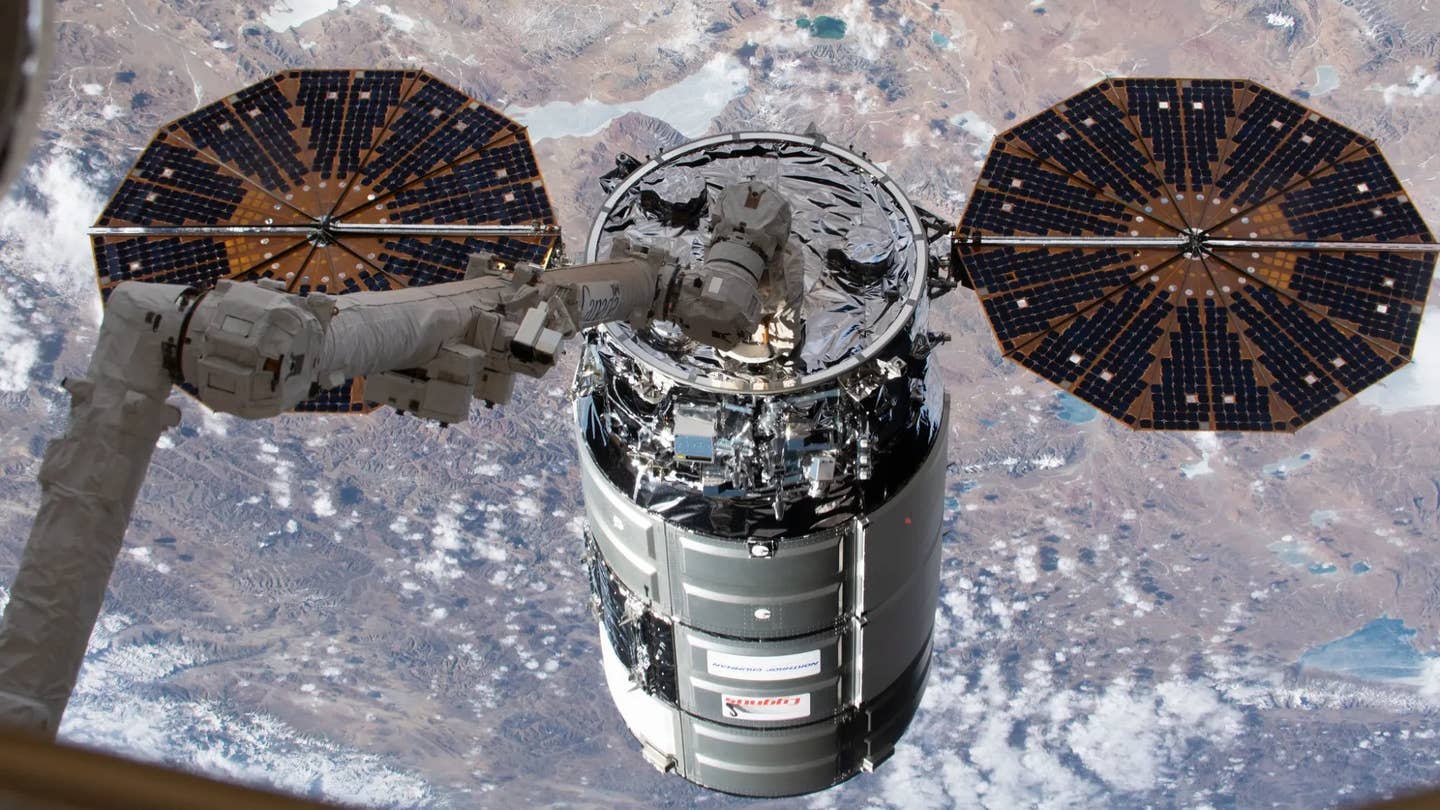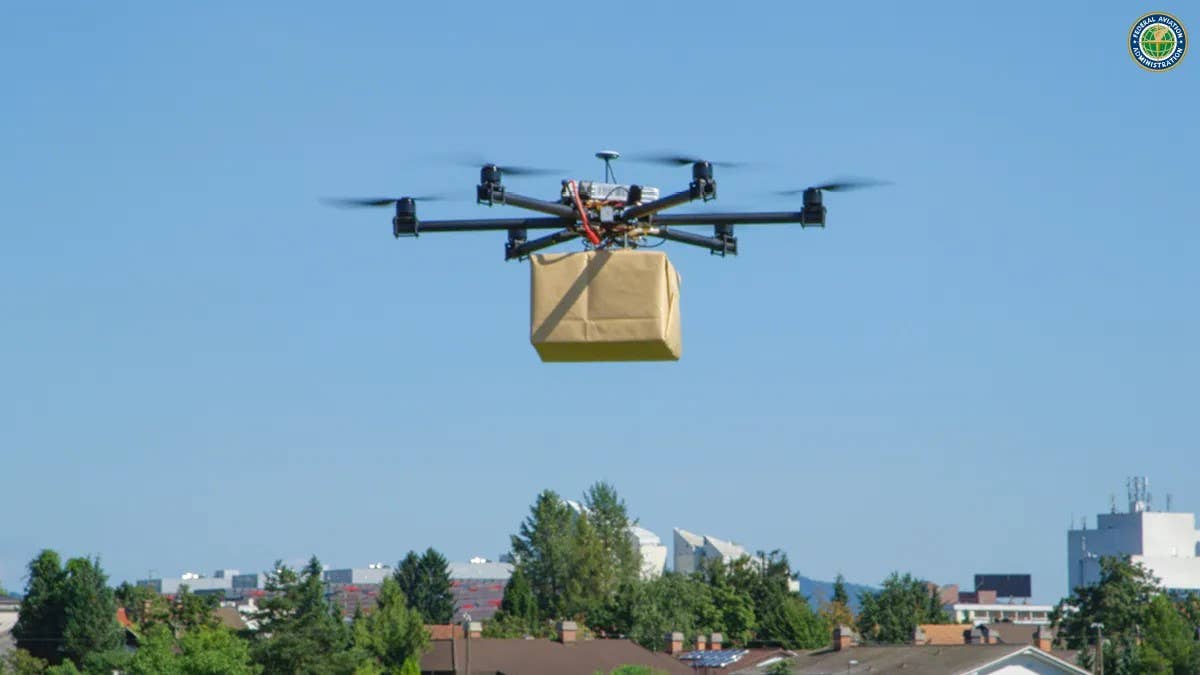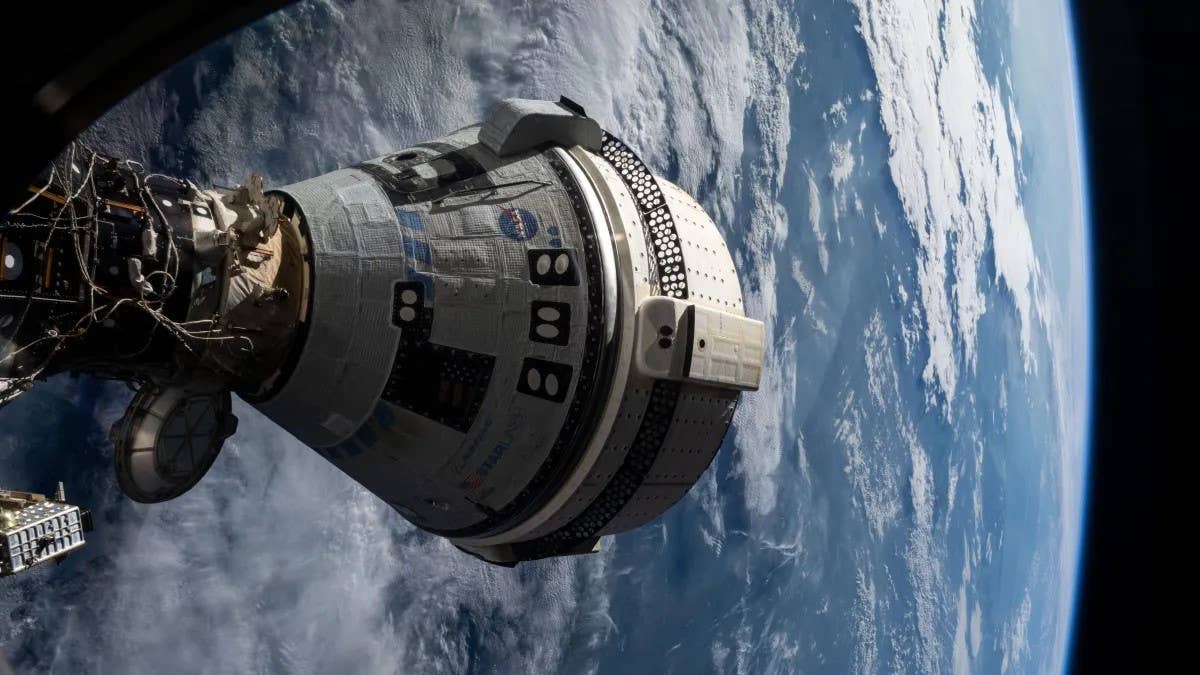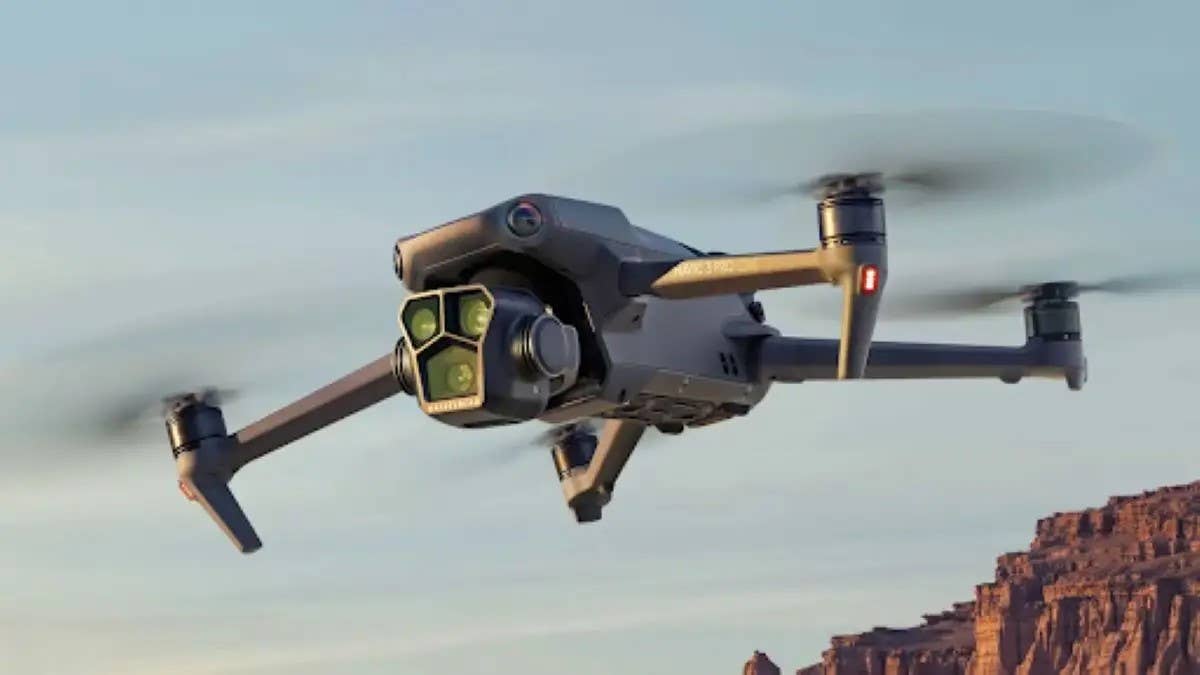SpaceX Adds Cosmic Tourism Offering to Website
According to the company’s website, customers can book missions to Earth orbit as early as this year, with flights to the International Space Station following in 2025.
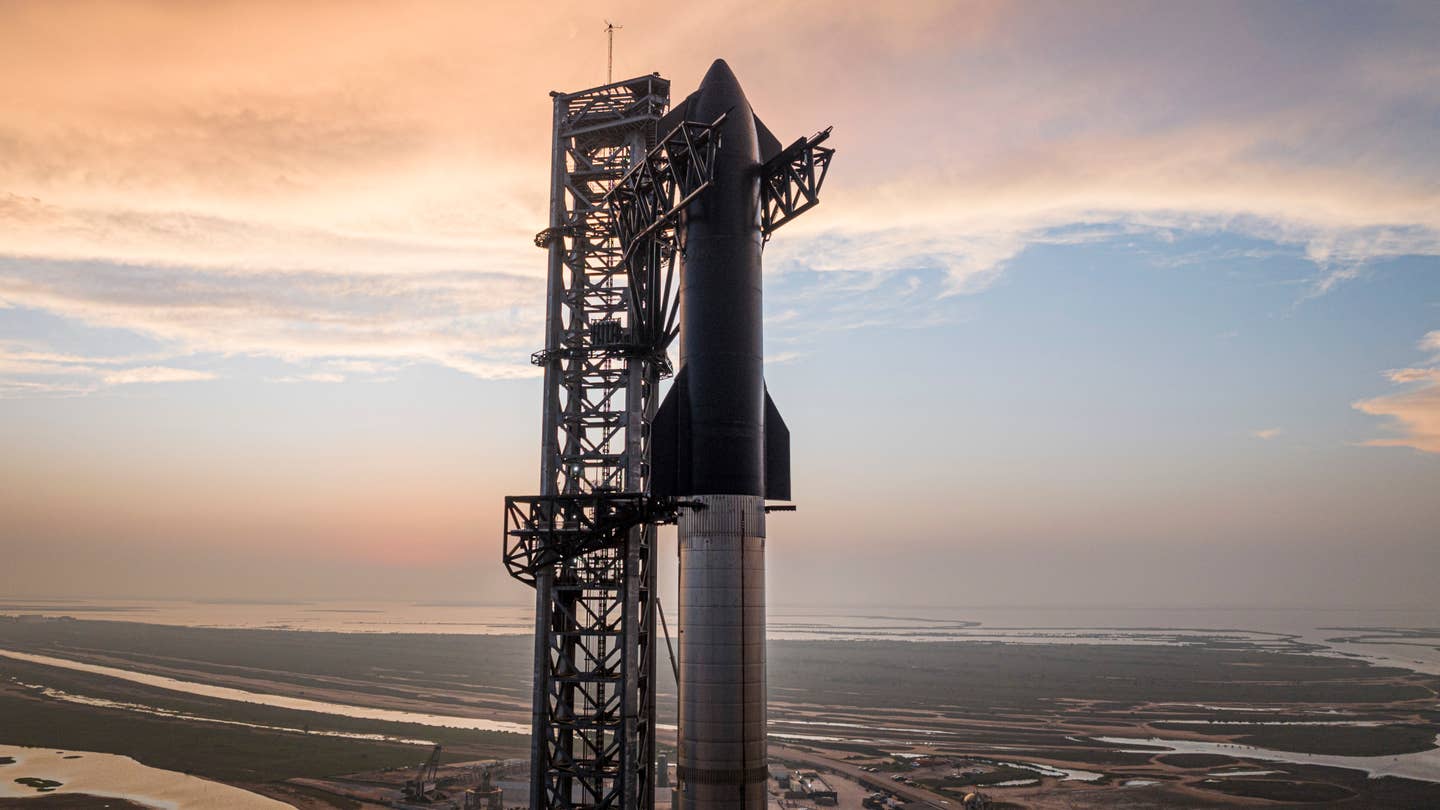
SpaceX’s Starship upper stage is one of two vehicles listed under the ‘Human Spaceflight’ tab on the company’s website. [Courtesy: SpaceX]
Human spaceflight has long been a goal for SpaceX, the rocket and satellite manufacturing venture of billionaire Elon Musk. Per an update to the company’s website, it appears interested customers can now book their spots on missions to the International Space Station (ISS), moon, and Mars, with flights beginning as early as this year.
SpaceX this week quietly added a “Human Spaceflight” tab to its website, listing four destinations to which customers can book flights: Earth orbit, the ISS, lunar orbit, and Mars. It is unclear when the new offerings were added.
Pricing information for the missions does not appear to be available. But the webpage directs customers to an email address, humanspaceflight@spacex.com, where they can inquire to book a flight. Missions will begin later this year, the page says, starting with flights to Earth orbit.
FLYING reached out to that email and SpaceX’s press email but did not receive an immediate response.
SpaceX describes its Earth orbit missions as offering a view of the planet from 300 kilometers up. The missions, seating two to four passengers, will last three to six days, offering 360-degree views.
According to the webpage, seats and “on-orbit research opportunities” will be available in late 2024. Regarding the latter offering, SpaceX says it is seeking “exceptional science and research ideas” to study ways to make life in space and on other planets a possibility.
The in-orbit research missions would be facilitated by the company’s Dragon capsule, which since 2012 has ferried more than 1,000 research experiments to low-Earth orbit and the ISS. Customers can submit a research proposal, which SpaceX will either accept or decline. If accepted, the applicant will put together a detailed plan, working with the company to finalize a mission profile, train crews, certify hardware, and collect data.
Two human spaceflight research opportunities are listed on SpaceX’s website: fitness-focused and exploration-focused research. The latter centers largely on the development of medical capabilities for long-duration missions—perhaps to Mars, for example. Mental and physical health and virtual or augmented reality are listed as areas of research interest.
“All Dragon and Starship missions have the ability to conduct scientific research to improve life back on Earth as well as raise awareness to a global audience,” the page reads.
Ten-day commercial missions to the ISS, according to SpaceX, will be available as early as 2025. These would transport up to four people or 192 kilograms of cargo to the orbital laboratory, where passengers could conduct research or simply pay a visit.
Missions to lunar orbit and Mars do not have listed timelines. But the webpage advertises seven-day trips around the moon with up to 12 passengers, with private quarters included. A mission profile for flights to Mars simply lists the Red Planet’s day length, force of gravity, and average distance from Earth.
For all missions, passengers will don a 3D-printed helmet “with customized padding [that] houses microphones for communication and valves that regulate the suit’s pressure systems,” per SpaceX’s description.
The vehicles listed under the Human Spaceflight tab are the Dragon capsule, which is already in use by NASA, and Starship, the reusable upper stage of the company’s massive spacecraft.
Starship and SpaceX’s Super Heavy launcher combined form the largest and most powerful rocket ever constructed, standing close to 400 feet tall when stacked. However, the gargantuan vehicle has been grounded after each of its three uncrewed orbital test flights.
Interestingly, the addition of human spaceflight offerings to SpaceX’s website suggests that the company expects to build on Starship’s most recent flight, and quickly—fast enough to offer missions to lunar orbit in the not-so-distant future. The jumbo rocket is also a key component of NASA’s Artemis II and Artemis III missions to the moon’s orbit and surface, respectively.
SpaceX is not the only company to offer cosmic tourism for paying customers, nor will it be the first to actually deliver on that offering.
Blue Origin in 2021 was the first to fly humans beyond the atmosphere, ferrying CEO Jeff Bezos and Star Trek icon William Shatner to the edge of space. Virgin Galactic followed in June 2023 with its inaugural commercial launch and is now offering monthly suborbital flights for a few hundred thousand dollars per ticket.
Musk and SpaceX’s ambitions, however, are grander than those of their rivals, culminating in the establishment of human colonies on the moon and other planets. But first the company will need to prove it can safely fly humans around the Earth.
Like this story? We think you'll also like the Future of FLYING newsletter sent every Thursday afternoon. Sign up now.

Subscribe to Our Newsletter
Get the latest FLYING stories delivered directly to your inbox

